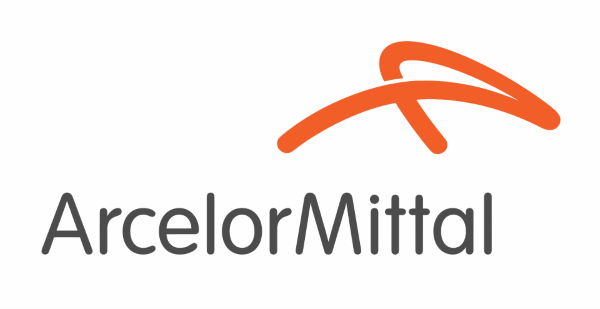Luxembourg-based ArcelorMittal, the world’s largest steelmaker, has announced its financial results for the first half of the current year.
In the first half of this year, ArcelorMittal achieved a net profit of $2.59 billion, compared to a net profit in the first half of last year of $1.44 billion. The company’s sales revenues in the given period decreased by 5.5 percent year on year to $30.72 billion, primarily due to 7.5 percent drop in average selling prices. The company registered an EBITDA of $3.44 billion in the first half, compared to an EBITDA of $3.82 billion in the corresponding period of the previous year, driven by the weaker results in North America, India and JV segments.

ArcelorMittal’s crude steel production increased by 0.3 percent to 29.2 million mt in the first half, while its iron ore production went up by 19.8 percent to 23.6 million mt, both year on year. The company’s total steel shipments in the given period amounted to 27.4 million mt, up slightly year on year.
ArcelorMittal’s outlook for 2025
According to ArcelorMittal, economic activity remains subdued due to ongoing tariff pressures, with customers maintaining a cautious "wait and see" approach that has prevented restocking. These unexpected demand headwinds are concentrated in the United States, where flat product steel consumption is now forecast to decline by two percent or remain stable in 2025, compared to the initial growth forecast of one to three percent. Section 232 tariffs have increased costs and negatively impacted supply-demand balance in Canada and Mexico.
European demand is performing relatively better, with flat product consumption growth expected at -0.5 percent to +1.5 percent in 2025, only slightly below initial forecasts due to limited direct tariff impacts and support from lower interest rates. Brazil has exceeded expectations, with the company now forecasting positive growth of up to two percent in 2025. India remains the fastest-growing major steel market, with consumption expected to increase six percent to seven percent.
The company expects positive free cash flow in 2025 and maintains its medium-term positive outlook, keeping capital expenditure guidance at $4.5-$5.0 billion. Strategic growth projects are expected to support structurally higher EBITDA in future periods.